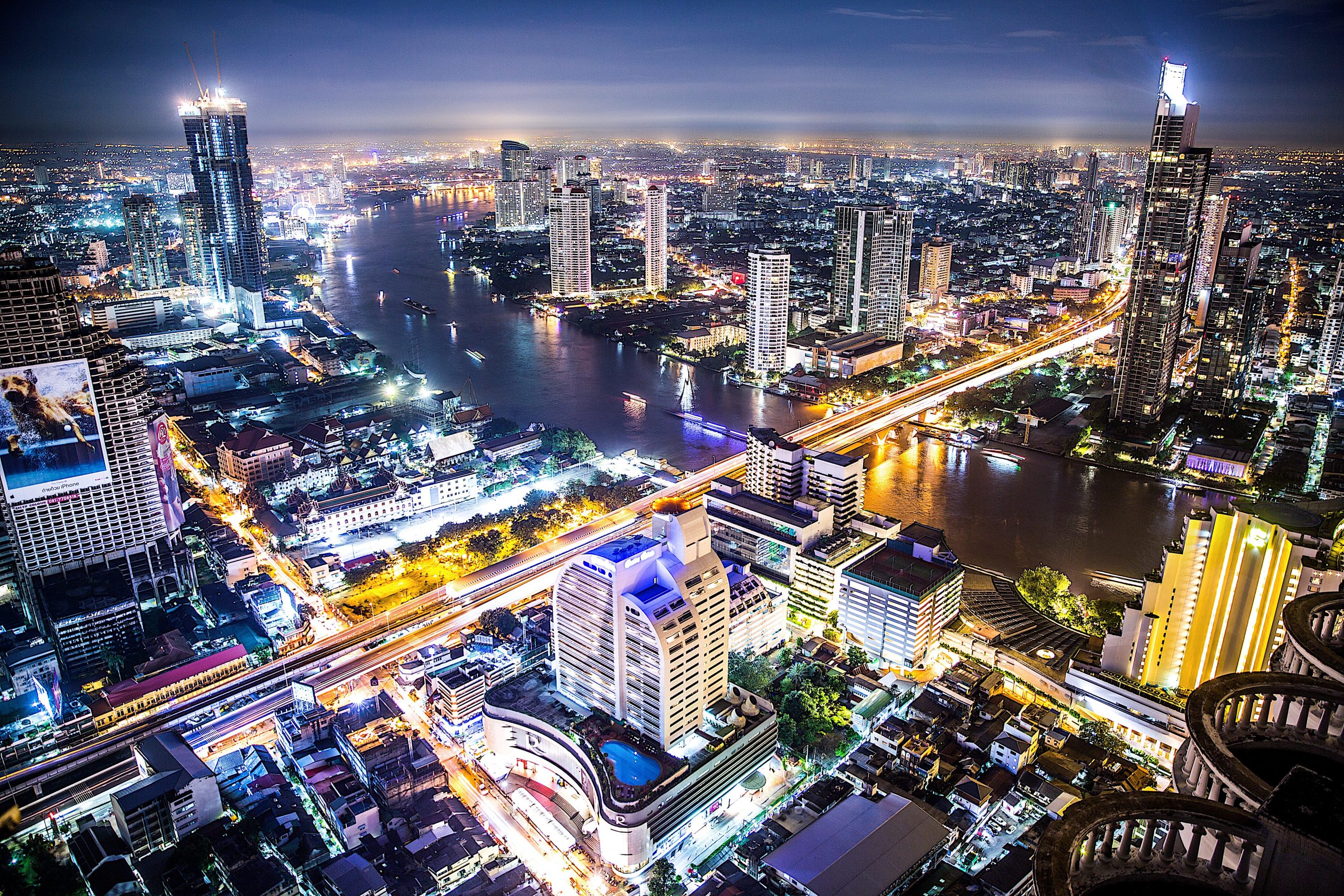As predicted, tourism revenue for the promising year of 2023 is on its way to hitting an impressive 2.38 trillion baht (approx. 80% of the 3 trillion baht garnered in 2019). This resurgence comes after the Covid-19 pandemic took a severe toll on the industry, stagnating it for almost three years.
By June this year, Thailand had already seen a whopping 360 billion baht generated by domestic tourists through nearly 100 million trips. On the international front, 10.56 million trips brought in an additional 599 million baht, according to the TAT governor, Yuthasak Supasorn.
A surge in foreign visitors emerged in May with 1.97 million tourists entering Thailand. The majority of these visitors hailed from Malaysia, followed by China, India, South Korea, and Laos. National hotel occupancy between January and May registered an impressive 70%.
Thapanee Kiatphaiboon, TAT’s deputy governor for the domestic market, has set her hopes on achieving at least 25 million foreign visitors in the last seven months of the year, with a significant increase anticipated for the final quarter.
The most significant question mark is the potential bounce-back in the Chinese market before the long holiday on October 1st, China’s National Day. A timely rebound could see Chinese tourists driving up foreign arrivals and potentially reaching 28-30 million visitors by year-end. Before the pandemic, Chinese travelers represented about 20% of all visitors to Thailand, making them the largest foreign group.
In order to capitalize on this momentum, the TAT plans to roll out new tourism campaigns in the latter half of the year. These will place a spotlight on subcultures, offering UFO exploration in Nakhon Sawan, stargazing routes, and adventures for animal enthusiasts.
Furthermore, the TAT will collaborate with partners such as Central Pattana Plc, the mall operator that will launch the “Go Local, Love Local” campaign. This initiative will focus on promoting sustainable and eco-tourism in secondary tourism provinces. Pilot projects will commence in regions like Nakhon Si Thammarat, Ayutthaya, Ubon Ratchathani, and Chanthaburi. Through these programs, local businesses, tour guides, and travel startups will showcase their unique art, culture, and natural attractions.
Thapanee expects this campaign to encourage more visitors to explore secondary provinces, consequently easing the congestion in primary tourism hubs such as Bangkok, Chiang Mai, and Phuket. Presently, only one out of 10 tourists venture to secondary locations, and the TAT aims at doubling this figure by the end of the year.
Looking further ahead, the TAT has set its sights on 2024, with the goal of attracting 30-35 million foreign arrivals. This ambitious target would generate estimated tourism revenue of 3 trillion baht, signifying a full recovery for the industry to pre-pandemic levels. With such exciting prospects on the horizon, Thailand is ready to welcome visitors with open arms and rediscover its position as a highly sought-after tourist destination.


















Be First to Comment